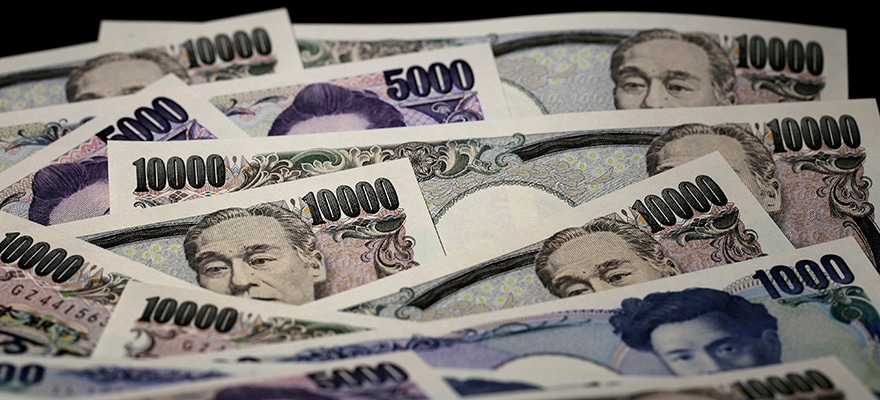On December 18, the Bank of Japan (BOJ) announced some changes to their monetary policy for the first time since October 2014 when they expanded the size of their bond-buying program. Although the size of quantitative easing (QE) was kept unchanged at this recent meeting, the BOJ decided to extend the duration of the Japanese government bonds (JGBs) it buys from 10 to 12 years from 2016, and set up a 300-billion-yen fund to buy Exchange -traded funds (ETFs) that specifically target firms actively spending on capital expenditure and wages.
A Sensitive Fine-Tuning
BOJ Governor Haruhiko Kuroda said the fine-tuning will allow the bank to sustain or even expand stimulus more easily. After initially weakening on the announcement, the yen was soon bought up as the market was unsatisfied with this piecemeal measure. USD/JPY initially spiked 120 pips before falling 350 over the subsequent 10 trading days, to reside at the psychological 120 handle.
In early January the yen rallied on safe-haven demand as data indicated a continued slowdown in China. All yen pairs fell substantially with CAD/JPY making fresh multi-year lows on the back of a weaker oil price and USD/JPY breaking below the 118.50 mark.
Similarly with most major central banks, inflation remains the most important aspect for the Bank of Japan's monetary policy
The Bank of Japan continues to attempt get inflation back to 2% by the end of 2016. In late 2015, the bank began producing their own proprietary measure of underlying inflation which sits at 1.2%, above the statistics bureau's 0.90%. Clearly this helps the BOJ's case of getting to 2%. However headline CPI remains at a meagre 0.30% for the country - largely due to the fall in the oil price.
Similarly with most major central banks, inflation remains the most important aspect for the Bank of Japan's monetary policy, and speculation of further easing will remain present until CPI excluding food and energy trends higher. However Kuroda remains adamant that underlying prices are moving higher and it's merely the effects of energy declines which are skewing the readings.
With regard to low inflation, Kuroda stated on January 4th "we are prepared to take even bolder steps if we judge necessary. We will do whatever it takes, and I want to strongly say we will absolutely meet our 2 per cent price target.” At this time, bolder steps are not necessary. But should inflation not rise by April, chances of more easing will increase.
Still a Risky Currency
Growth in Japan was a cause for concern in the second quarter printing a contraction of -0.10%. However a recession was not realised, with third quarter GDP expanding to 0.30%. This represents annualised growth of 1.00%, well above the Reuters poll of 0.10%. This was a solid revision higher from initial readings which suggested another contraction for the third quarter. The better than expected growth would have come as a relief to the BOJ who would feel more pressured to expand bond purchases if growth was lacklustre alongside subdued inflation.
Given the yen's safe haven status, holding short positions in the currency - although aligned with longer term fundamentals - is highly risky
Given the yen's safe haven status, holding short positions in the currency - although aligned with longer term fundamentals - is highly risky due to the propensity for the yen to appreciate suddenly on risk-off sentiment. Such risk-off sentiment has been the theme to start the year 2016, with continued concerns over the slowdown in China.
Further falls in equity markets and safe-haven flows will likely see yen pairs fall even further. However this is still against the fundamental weakness of the currency and provided underlying inflation does not suddenly rise, there remains a bias for the yen to eventually weaken on prospects of more QQE.






















